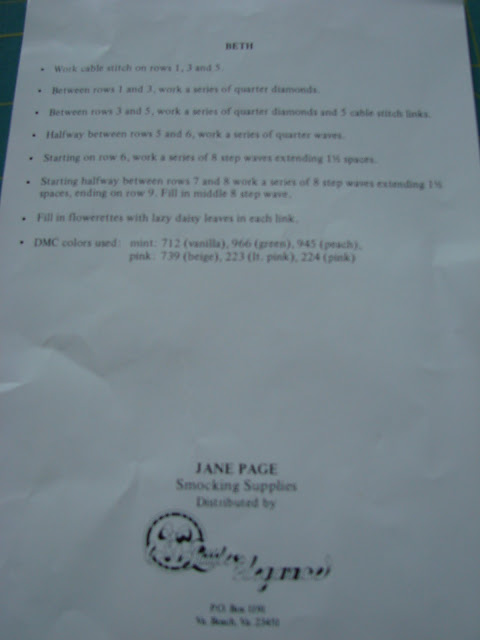I want to walk you through what it takes to construct a dress.
First, cut out all the pieces.
I wanted to add piping trim, so I stitched it on with a basting stitch. Piping was added to the two collars and front yoke and back bodice. The back bodice will be folded in half, creating a lining. The piping is only added to half of the bodice.
I sewed the collar facing to the collar and turned them right side out. I used the basting stitch as a guide for the stitching line so that the piping would show.
This way of lining the yoke and bodice is a little confusing at first, but the results are great. You attach the pieces at the shoulder until it looks like a circle.
The two collar pieces are attached to the front yoke.
Fold the circle in half and stitch. Clip the seam allowance around the curves. Notice the straight pins? They are wonderful! I can sew over them time and time again, and my machine needle doesn't break, the fabric doesn't snag or pucker. They are made by Clover, extra fine glass head pins. You can also iron over them.
Turn the fabric right side out and you have a perfectly enclosed collar.
The back skirt is a rectangle. You find the middle and cut a 3" slit and attach the placket.
I made the sashes, rectangles folded in half and stitched, making a pointed end.
Gather the skirt back and attach to the back bodice.
Wrap the bodice lining around the bodice and skirt and stitch. Turn it right side out and your back bodice is completely lined.
Sew the skirt front to the front yoke.
To be continued in the next post.
















































